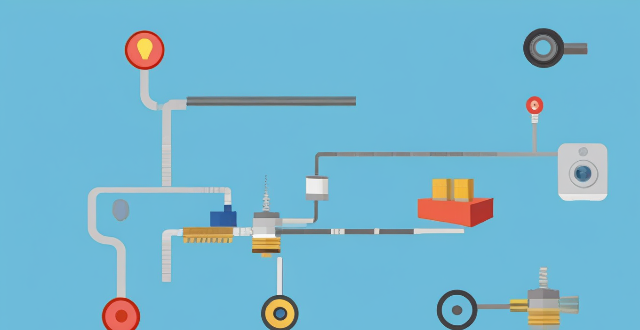This article discusses the various types of electromagnetic motors, including DC motors (brushed and brushless), AC motors (induction and synchronous), stepper motors (bipolar and unipolar), and servo motors (DC and AC). Each type of motor has unique features and applications, such as power demand, speed range, accuracy, and cost. The choice of motor depends on the specific requirements of the application.

Types of Electromagnetic Motors
Electromagnetic motors are devices that convert electrical energy into mechanical energy using the principles of electromagnetism. There are several types of electromagnetic motors, each with its own unique characteristics and applications. In this article, we will discuss the different types of electromagnetic motors and their features.
DC Motors
Direct current (DC) motors are powered by a direct current source and produce continuous rotational motion. They are widely used in various applications such as electric vehicles, industrial machinery, and home appliances.
Brushed DC Motors
Brushed DC motors have a commutator and brushes to transfer power from the stationary part of the motor to the rotating part. They are simple and inexpensive but have limited lifespan due to wear and tear of the brushes.
Brushless DC Motors
Brushless DC motors use electronic controllers instead of brushes and commutators to transfer power. They offer higher efficiency, longer lifespan, and better performance compared to brushed DC motors.
AC Motors
Alternating current (AC) motors are powered by an alternating current source and produce rotary motion. They are commonly used in industries and households for various purposes.
Induction Motors
Induction motors operate on the principle of electromagnetic induction, where a rotating magnetic field is created by passing AC through the stator windings. The rotor consists of conductive bars that induce currents and create a magnetic field that interacts with the stator field, causing the rotor to rotate.
Synchronous Motors
Synchronous motors operate at a constant speed, which is determined by the frequency of the AC supply. They use permanent magnets or electromagnets on the rotor to align with the rotating magnetic field produced by the stator windings.
Stepper Motors
Stepper motors are designed to move in precise steps or increments when supplied with electrical pulses. They are commonly used in precision positioning systems, CNC machines, and robotics applications.
Bipolar Stepper Motors
Bipolar stepper motors have two coils per phase, allowing them to be driven in either direction by changing the polarity of the current applied to the coils. They offer high torque and accuracy but require more complex driver circuitry.
Unipolar Stepper Motors
Unipolar stepper motors have only one coil per phase and use a single polarity of current for both directions of movement. They are simpler to drive than bipolar stepper motors but provide lower torque and accuracy.
Servo Motors
Servo motors are designed to control position, velocity, and acceleration with high precision and accuracy. They are commonly used in robotics, automation systems, and CNC machines.
DC Servo Motors
DC servo motors are similar to brushed DC motors but have additional feedback mechanisms such as encoders or potentiometers to monitor their position and speed. They offer high torque and fast response times but have limited lifespan due to brush wear.
AC Servo Motors
AC servo motors are similar to induction motors but have additional feedback mechanisms such as resolvers or encoders to monitor their position and speed. They offer higher efficiency and reliability compared to DC servo motors but require more complex control systems.
In conclusion, there are several types of electromagnetic motors available, each with its own advantages and disadvantages. The choice of motor depends on the specific requirements of the application, such as power demand, speed range, accuracy, and cost.